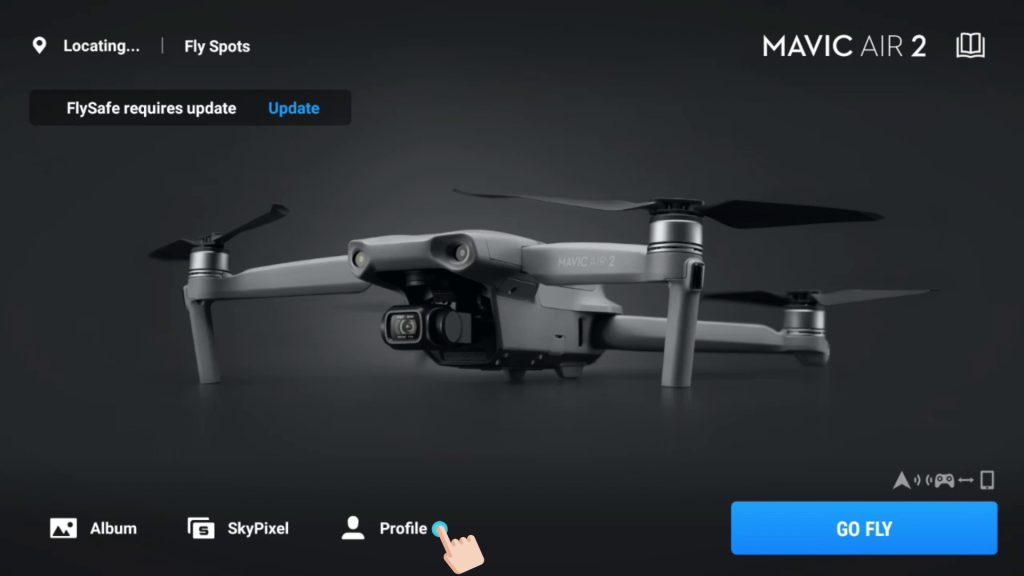Using Waypoint Map for a mapping mission
In the world of mapping and navigation, waypoints serve as crucial markers that guide us through unfamiliar territories. Whether you’re a seasoned explorer, a delivery driver, or simply a curious individual, understanding how to effectively use waypoints can revolutionize your approach to mapping.
In this blog post, you’ll explore the concept of mapping with waypoints, exploring their benefits, types, and practical applications.
What are Waypoints?
Waypoints are predetermined points of interest or reference markers that help navigate a route or area. They can be physical landmarks, GPS coordinates, or even virtual markers. Waypoints provide a framework for mapping, enabling users to create customized routes, track progress, and identify key locations.
So, when you are setting up your waypoints and the flight lines, make sure:
- Your flight lines are close enough together that the photos will have sidelap (this will be some trial and error with this manual setup).
- Your drone is taking photos every 2 seconds. This would allow the pictures to be peieced easily into an othomosaic .
- You fly a slightly larger area than what you need captured. The edges of your othomosaic are always going to be slightly blurred due to the lack of sidelap and overlap at these parts.
Benefits of Mapping with Waypoints
- Improved Navigation: Waypoints simplify navigation by breaking down complex routes into manageable segments.
- Enhanced Exploration: By marking points of interest, waypoints encourage exploration and discovery.
- Increased Efficiency: Waypoints optimize routes, reducing time and resources spent on navigation.
- Customization: Users can create personalized maps tailored to their specific needs.
Types of Waypoints
- Physical Waypoints: Landmarks, signs, or recognizable features.
- GPS Waypoints: Precise coordinates used for navigation.
- Virtual Waypoints: Digital markers used in mapping software or apps.
Practical Applications of Mapping with Waypoints
- Hiking and Outdoor Activities: Marking trails, campsites, and points of interest.
- Logistics and Delivery: Optimizing routes for efficient delivery.
- Urban Planning: Identifying key infrastructure, public services, and points of interest.
- Emergency Response: Marking critical locations, such as emergency shelters or evacuation routes.
Introduction to Waypoint Flight Mode of DJI Fly
In Waypoint flight mode, the aircraft can automatically complete a preset flight trajectory and shooting actions according to the planned route parameters. Access the fu training resource here

